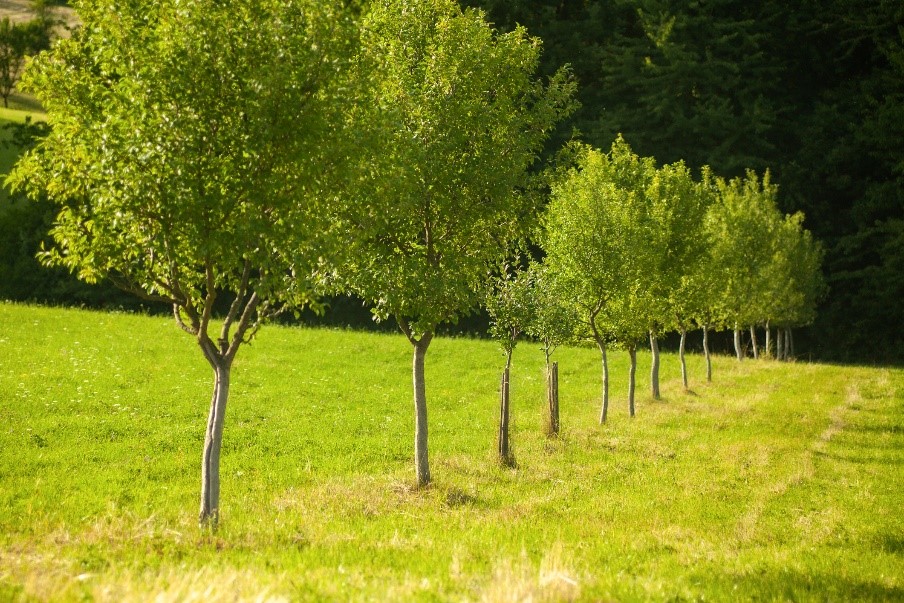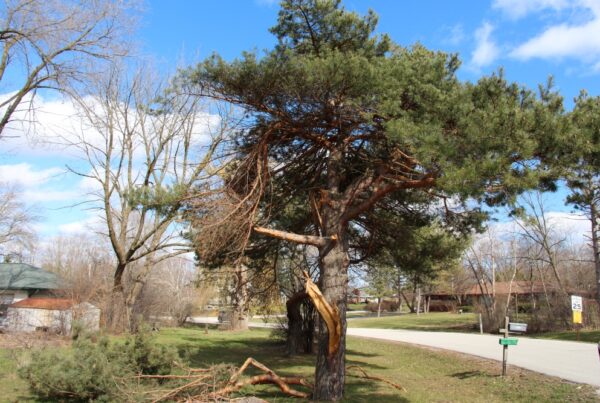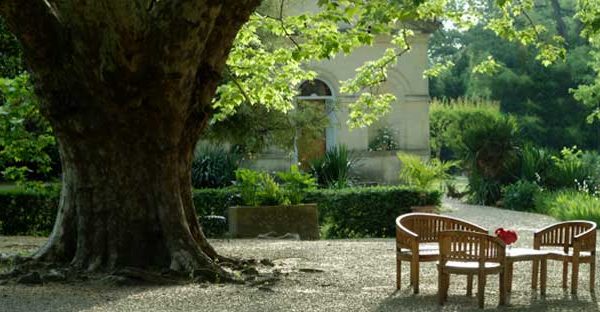Chances are there are trees and shrubs planted by a neighbor that may be encroaching on your land. What can you do about it? There are legal rights and liabilities for property owners of trees growing on boundary lines.
Here are some key points from “Arboriculture & The Law” written by Victor D Merullo and Michael J. Valentine to better understand the legal standards:
What is a boundary line tree?
This is a tree situated on the shared boundary line between neighboring landowners. It is considered jointly owned by both parties as tenants in common. In legal proceedings to determine ownership, the U.S. court system’s rule is based on whether the tree extends into both properties, or if the trunk is rooted on each side, which makes it common property of both landowners. Similarly, any landowners who treat the trees as shared property through an agreement or consistent proper care are considered joint owners as well.
Who is in charge of caring for and maintaining the boundary line tree?
It is widely accepted under the law that both owners of the tree share equal responsibility for the health and costs of routine maintenance. The owners are obligated to care for the tree as they would for any woody plants on their property. In cases where the roots and branches of trees situated on the boundary line extend onto the adjacent land, a landowner has the right to trim branches back up to the tree’s trunk, but only if the tree remains unharmed. Co-owners of a boundary line tree are also liable for any damages caused if they were negligent in caring for it.
Can one property owner remove the tree on a boundary line?
The landowners involved are required to be responsible in their approach, so neither neighbor should trim, cut or eliminate a boundary line tree without the other’s consent. In these situations, the court system will consider whether one landowner is seeking to remove a tree planted on a common boundary line because it is a nuisance or hazard that could cause problems on the adjoining landscape.
If you have questions about boundary line trees, consult with a member of the ATE team.




